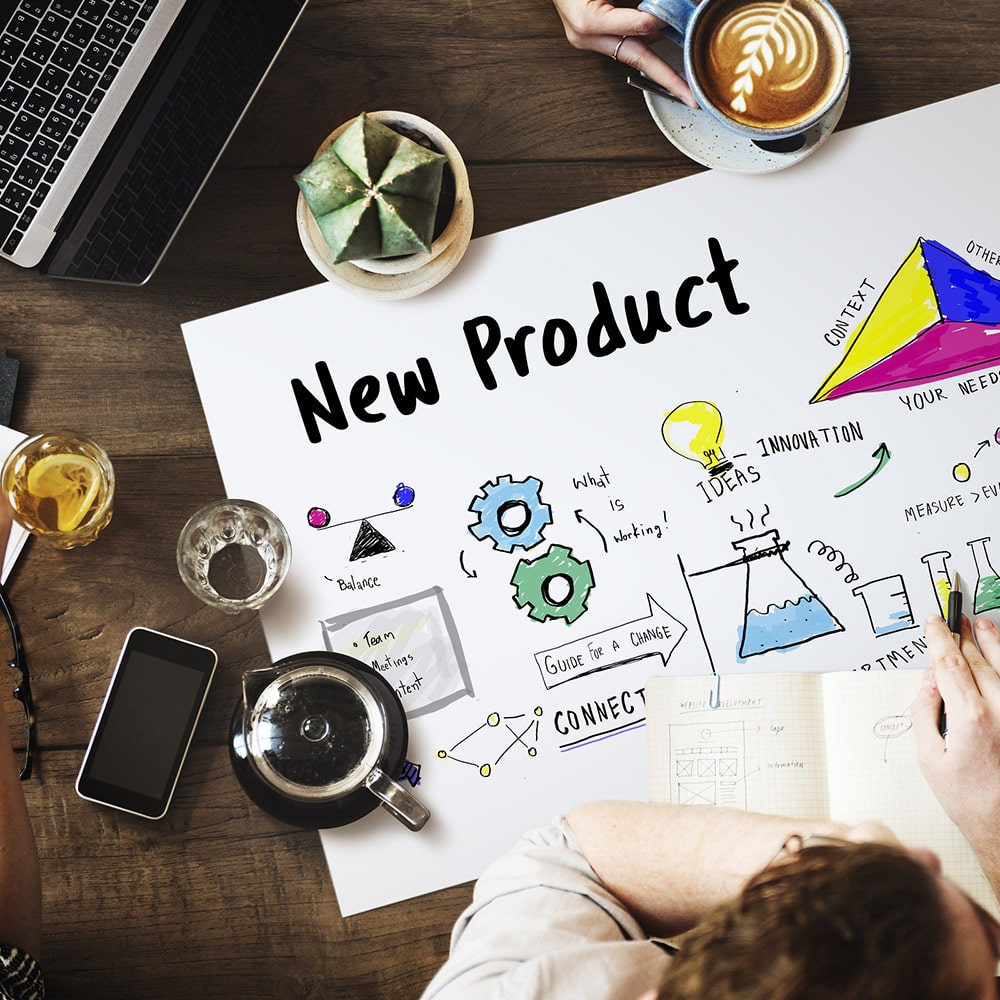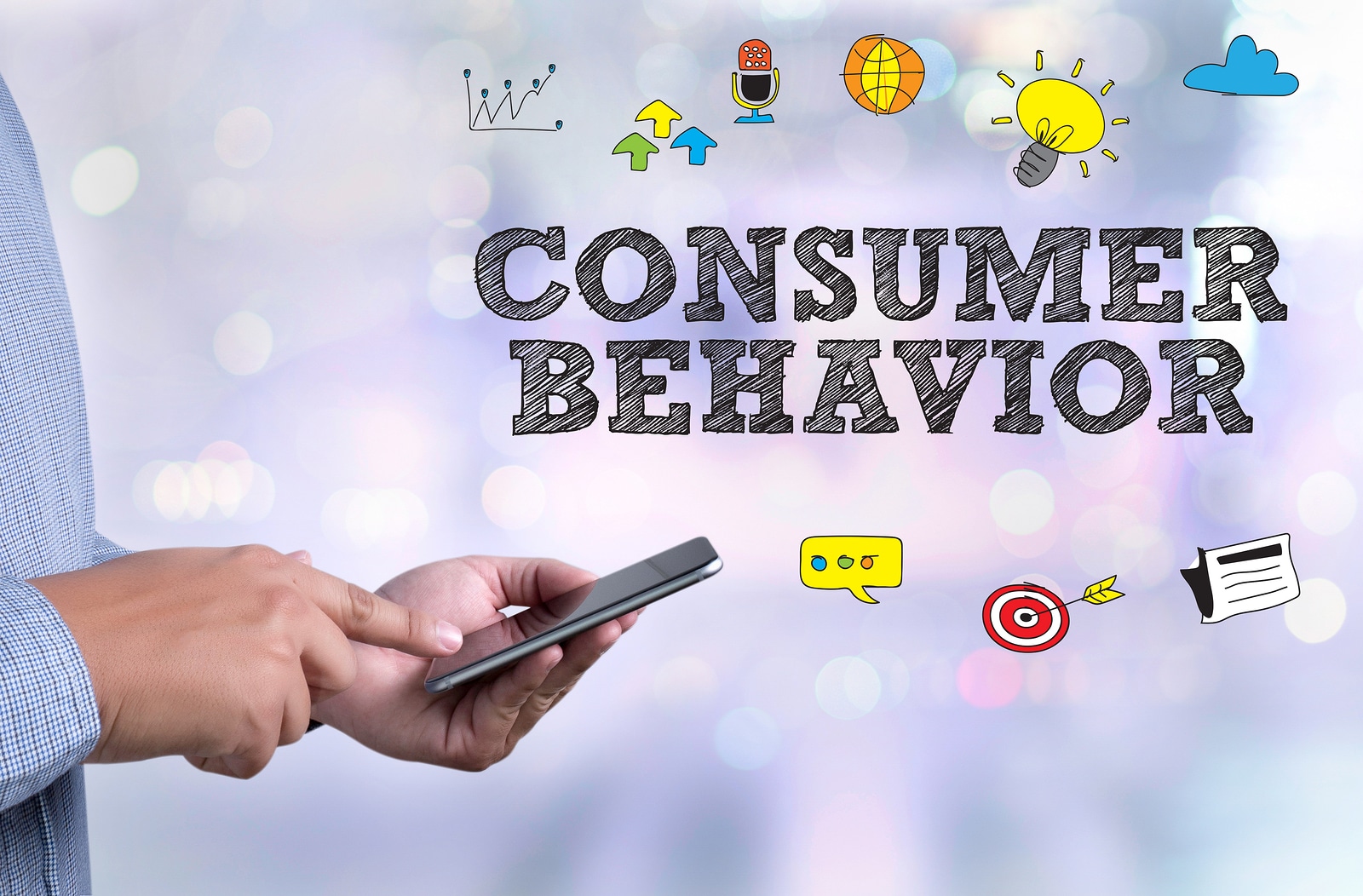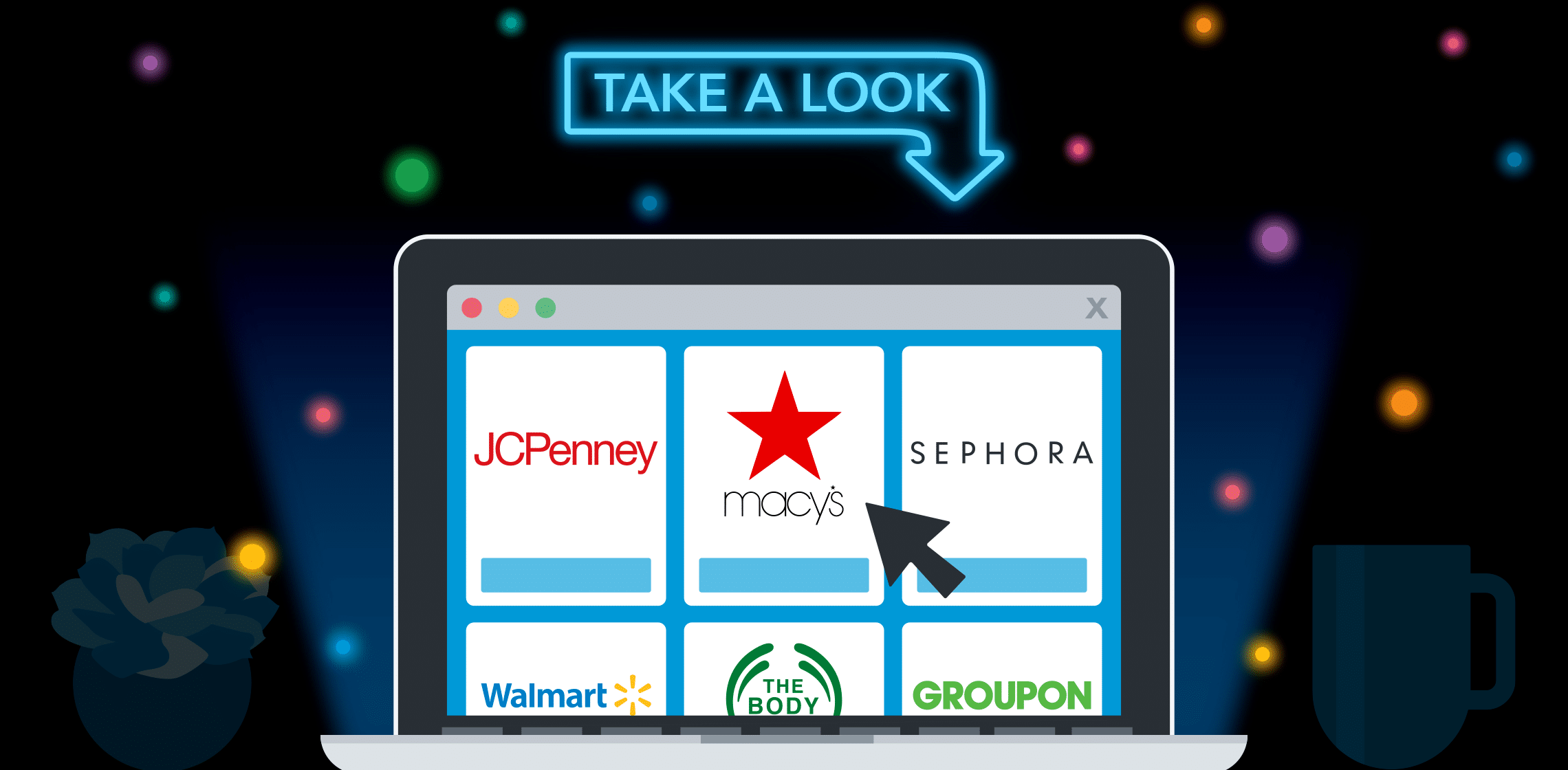Using mobile in-store to research products has become a regular part of the brick-and-mortar shopping experience. Continue reading “How shoppers are using mobile in-store to make buying decisions”
Category: b2b
The ultimate 3-step new product launch checklist
When preparing to go to market, a new product launch checklist is imperative. Continue reading “The ultimate 3-step new product launch checklist”
How to market a new product successfully using social and mobile
The top 3 fast food marketing strategies for 2018
This year, the most effective fast food marketing strategies have relied heavily on technology to meet customer demand. Continue reading “The top 3 fast food marketing strategies for 2018”
Why your CPG product launch plan should include a third-party app
A third-party app is more than just a marketing medium: It can be an invaluable part of a product launch plan. Continue reading “Why your CPG product launch plan should include a third-party app”
Mobile commerce trends in 2018: Is your brand ready?
We live in an exciting time for mobile technology. Not only are consumers able to access the Internet from their phones, they can also connect via newer connected devices, such as wearables and smart speakers. Continue reading “Mobile commerce trends in 2018: Is your brand ready?”
The top factors that influence consumer purchasing decisions you haven’t considered
Throughout the history, two primary factors have influenced consumer decision making: the internal and external locus of control. Those with an internal locus of control attribute their success to their own practices and abilities. Those with an external locus of control attribute success or failure to fate and external forces.
 These beliefs and practices can extend all the way to of marketing, and to how consumers purchase decisions are influenced by external and internal opinions. External opinions are related to the social perception of your brand, and what influencers in the consumers’ peer group think of the brand. Internal opinions are based on the consumer’s existing brand perception, as well as their emotional mindset when entering the path to purchase.
These beliefs and practices can extend all the way to of marketing, and to how consumers purchase decisions are influenced by external and internal opinions. External opinions are related to the social perception of your brand, and what influencers in the consumers’ peer group think of the brand. Internal opinions are based on the consumer’s existing brand perception, as well as their emotional mindset when entering the path to purchase.
When attempting to influence consumer purchasing decisions, marketers need to focus on a combination of these two factors. Multiple tactics make this possible. For instance, marketers can either connect with a consumer one-on-one by sending a marketing message directly to them. Or, they can connect with consumers indirectly by first reaching influential members of the consumer’s peer group. Mobile marketing can be used in either situation to improve brand perception, connect with influencers and interact with consumers as they’re in the shopping aisle, and even help convert prospects into sales.
Social Groups As Factors That Influence Consumer Purchasing Decisions
Brands can’t make someone influential, but they can leverage an influential person to improve perception of the brand. This is why celebrity endorsements have become such a common method for reaching consumers. Yet even non-famous people act as influencers in their daily lives.
Consumers will have different levels of influence based on three group dynamic systems:
- Reference group: A reference group is any group a consumer uses to model their behavior. As these groups evolve and change, the consumer’s behavior may also change. As an example, a consumer’s spending habits will be different when they’re with a group of single friends than when they’re with couples with children.
- Family group: The role a person plays within a household will determine their spending habits. A mother purchasing for her family, for example, will likely be more price conscious than that woman’s teenage daughter.
- Social status: This is the classic example of “keeping up with the Joneses” where a person of higher social standing often becomes the trendsetter their group. If a member leaves the group or a new person is added, social standings typically change within the group, too. Very generally, a new addition to a social group will hold less sway over the opinions in that group than an established member.
Depending on the group we choose to spend time with, our sphere of influence changes. For example, a woman may have a high sphere of influence when it comes to the purchase decisions of her household. At the same time, she may be a new member of her social group, giving her a lower sphere of influence over the purchase behaviors of those friends. In either case, spending decisions are impacted by those around us.
When brands want to leverage an individual’s social influence, they need to reach out to those with the most influence over the specific groups associated with that product. One of the best means of achieving this is through social media, which can provide brands the insights needed to identify ideal influencers. By understanding how someone impacts the groups they are a part of, brands can better target those customers who act as influencers in their social pools. These influencers can be reached individually with timely marketing messages delivered via mobile apps.
How Mobile Moments Influence Consumer Purchasing Decisions
The simplest and subtlest influences can impact consumer purchase decisions on a personal level. One watershed study revealed that when a supermarket played French music, French wine outsold all other wines. When German music was played, consumers opted for German selections. This study into subconscious level advertising laid the groundwork for the future of advertising and revealed just how impactful a single moment can be when a consumer is already in the shopping aisle.
Today, brands can create these moments through smartphones, connecting with consumers at any time, and wherever they may be. There are several ways brands can connect with individuals as they go about their daily lives:
- Branded video content: Not all video content has to be advertising. Brands can better interact with consumers by offering content that reveals how to use products or gives an inside look at the company, for example. To make the most of this kind of subconscious messaging, a brand should ensure its logo is visible in the video and provide a call to action capable of converting passive viewers into buyers. Even among those who aren’t ready to purchase these cues stick. They also help establish the brand as an authority and can serve as an unconscious reminder of the brand when future purchasing opportunities arise.
- Interactive mobile displays: Displays that encourage consumers to interact with products in the store are great options for gaining attention to a brand as they draw consumers to its products and encourage them to learn more. An interactive display may be as simple as providing product samples. Or, it may be more complex, like a makeup company providing product demonstrations via a touchscreen tablet or offering consumers the ability to digitally try on products via their smartphone.
- Mobile apps: Mobile apps, like Shopkick, travel with consumers and can reach them when they’re most motivated to make a purchase. By incentivizing consumers’ visits via a mobile rewards program, such shopping apps can drive traffic. Take, for example, the case of a QSR working with Shopkick that wants to increase traffic to a location during midday. A consumer using the app during her lunch break who receives a notification of rewards available at the QSR is more likely to choose that location to dine.
- Rewarded video: When trying to get consumers to watch advertising content, incentivizing them to watch to completion has been proven highly effective. Consumers who receive rewards for watching a video will be more receptive to the brand’s message, which can also lead to sales.
All of these moments can best be leveraged through a mobile app marketing campaign. Smartphones offer brands unparalleled access to consumers and even allow those brands to connect with them as they travel.
Both external and internal opinions of your brand act as factors that influence consumer purchasing decisions. Understanding these factors, as well as group dynamics, helps marketers reach the right influencers in the right circles.
In addition, using retail mobile apps can be a powerful means of connecting with a consumer when they’re in a buying mindset. Connecting with key influencers through mobile apps allows brands to create affinity, capitalize on powerful moments in the decision cycle, and even sway consumer purchase decisions.
Shopkick offers our partners a great way to connect with shoppers through an innovative shopping app. To learn more about how our app can benefit your brand, contact us.
Image courtesy of onephoto
The CPG ecommerce trends shaping the 2018 consumer packaged goods landscape
Three effective marketing strategies to attract customers
An effective marketing strategy to attract customers is something that is necessary in every industry, from CPG brands to restaurants to major retailers. Continue reading “Three effective marketing strategies to attract customers”
Rewarding consumer experiences anytime, anywhere
Bill Demas, Chief Executive Officer
Our vision as a company is to create rewarding consumer experiences for our users anytime, anywhere. We are taking another step in fulfilling that vision today by releasing a web version of Shopkick. This gives users more ways to earn kicks and discover new products, brands and services.
For our partners, the expansion to desktop completes our omnichannel solution, offering deeper insight into consumer behavior across channels and throughout the fragmented shopping journey. Brands and retailers now have the opportunity to reward our users for shopping across desktop, mobile and brick and mortar.
Launch partners include Walmart, Macy’s, Groupon, JCPenney, Sephora, Sam’s Club, Payless, the Body Shop, Stride Rite, Ann Taylor, Loft, Nordstrom, Francesca’s, Lane Bryant, Foot Locker, Sur La Table, and See’s Candies. In addition, we continue to expand our online merchants in the Shopkick app. Most recently we have added Asos, eBags, Etsy, Fandango, the Home Shopping Network, Hulu, Lane Bryant, and Living Social.
Stay tuned for more announcements coming soon on our exciting product roadmap! To learn more about our new e-commerce offering, get in touch at [email protected].
If you have any feedback on this new initiative or any other Shopkick omnichannel solution, send me your thoughts at [email protected].
App-based marketing: definitions and drivers for success
There is no one app-based marketing definition. Instead, there are hundreds of different kinds of campaigns that revolve around apps. Continue reading “App-based marketing: definitions and drivers for success”
When marketing to millennials, turn to apps
Marketing to millennials requires focusing on mobile app marketing strategies, as mobile is where the millennial audience gathers. Continue reading “When marketing to millennials, turn to apps”












